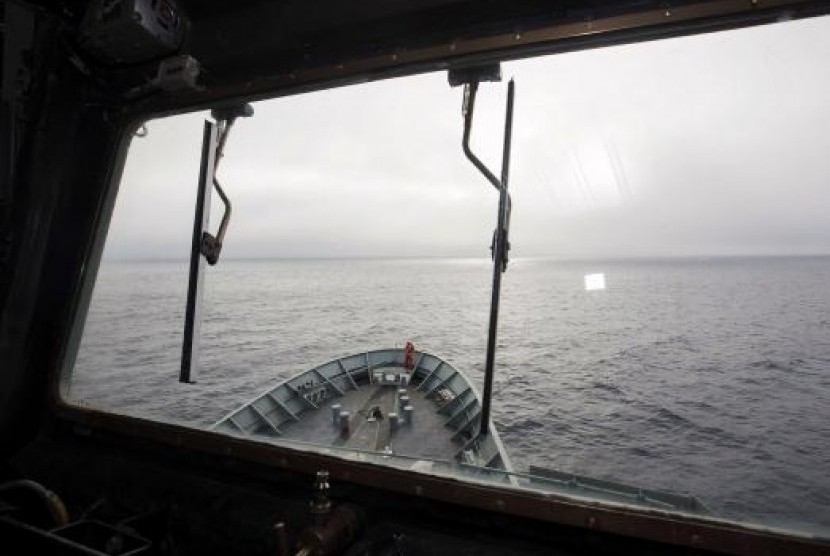REPUBLIKA.CO.ID, SYDNEY/PERTH - An international air and sea taskforce hunting for the wreckage of Malaysia Airlines Flight MH370 was re-directed on Friday to an area 1,100 km (685 miles) north of where they have been searching for more than a week, after Australian authorities received new radar information from Malaysia.
The dramatic shift in the search area, moving it further than the distance between London and Berlin, followed analysis of radar data that showed the missing plane had travelled faster, and so would have run out of fuel quicker, than previously thought.
The new search area is larger, but closer to the Australian west coast city of Perth, allowing aircraft to spend longer on site by shortening travel times. It is also vastly more favorable in terms of the weather as it is out of the deep sea region known as the Roaring 40s for its huge seas and frequent storm-force winds.
"I'm not sure that we'll get perfect weather out there, but it's likely to be better more often than what we've seen in the past," John Young, general manager of the emergency response division of Australian Maritime Safety Authority (AMSA), told reporters, adding the previous search site was being abandoned.
"We have moved on from those search areas to the newest credible lead," he said.
Ten aircraft searching on Friday were immediately re-directed to the new area of 319,000 sq km (123,000 e sq miles), roughly the size of Poland, around 1,850 km (1,150 miles) west of Perth. The Australian Geospatial-Intelligence Organisation was also redirecting satellites there, AMSA said.
The latest twist underscores the perplexing and frustrating hunt for evidence in the near three-week search. It comes less than a day after the latest reports of sightings of possible wreckage, captured by Thai and Japanese satellites in roughly the same frigid expanse of sea as earlier images reported by France, Australia and China.


